From 1969 to 1979, Yokohama National University was relocated and integrated from the Gumyoji and Shimizugaoka districts to the current Tokiwadai Campus, which was a former golf course site. The relocation and preparations were based on a campus design plan examined by a design committee organized within the university, and the ideas were summarized as “Hodogaya Integration Plan (1967-1980)”. After that, “Tokiwadai Campus Master Plan 2016”, which incorporates new ideas based on the Hodogaya Integration Plan, was formulated. Tokiwadai Campus is currently selected as a scenic zone by Yokohama City. Recently, volunteer students mainly from Department of Risk Management and Environmental Science, College of Urban Sciences, and YNU Satoyama ESD BASE (headed by Assoc. Prof. Kaoruko Kurata in Faculty of Education) have taking the lead in managing “Satoyama” (undeveloped woodland near populated area)” on Tokiwadai Campus.
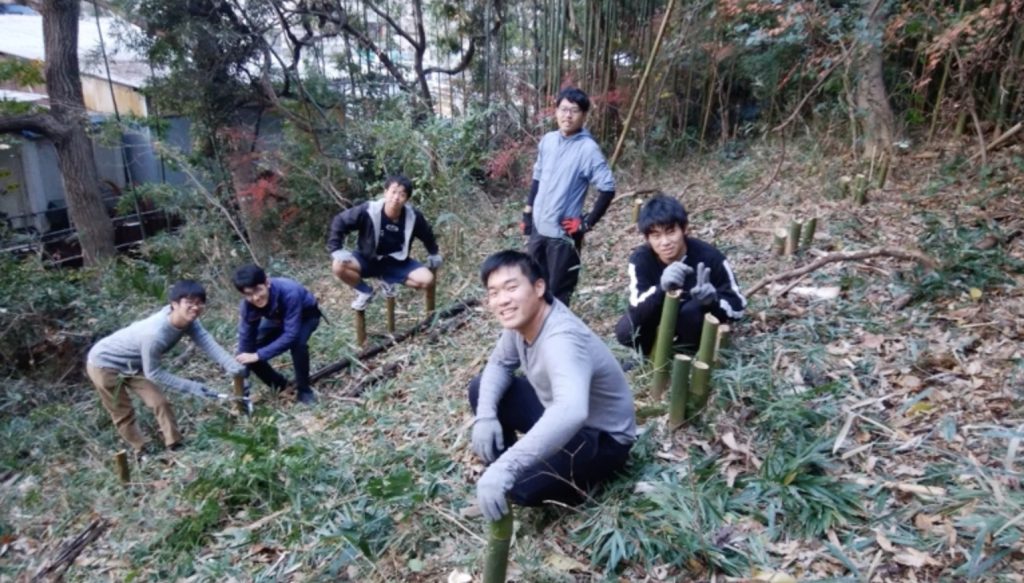
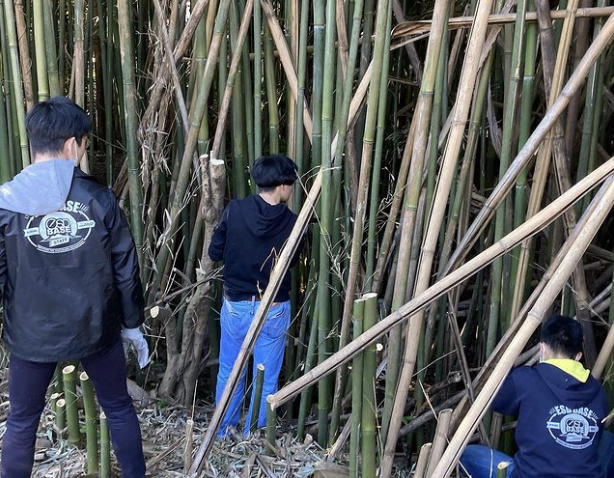
Tokiwadai Campus Master Plan 2016 is here (Facilities Department Homepage)

Tokiwadai Campus is a new campus that was relocated and integrated in the 1970s, and one of its features is its rich greenery. For the relocation, the plan was to keep land clearing to a minimum, preserve as many trees as possible, and plant new trees. In order to create an environmental conservation forest where humans can coexist with greenery, saplings were planted according to the principles of “Miyawaki method,” which is “creating a hometown forest using hometown trees,” and the current forest has been formed together with trees from before the relocation.
Words from the late Akira Miyawaki, professor emeritus of our university, “In any land, there are always trees that originally grew there (potential natural vegetation). Conduct a thorough on-site investigation so that you can make an accurate determination. ‘Beautiful forests’ created without considering the original vegetation must be taken care of by humans forever. If you don’t take care of it, it will be destroyed by the forces of nature trying to return to its original vegetation. On the other hand, “real forests” that are made from regenerated trees originally planted on the land require some care for the first two to three years, but after that they will continue to grow solely through the power of nature.” Based on this principle, Professor Miyawaki has worked to create forests across the country and around the world, and has achieved many successes.
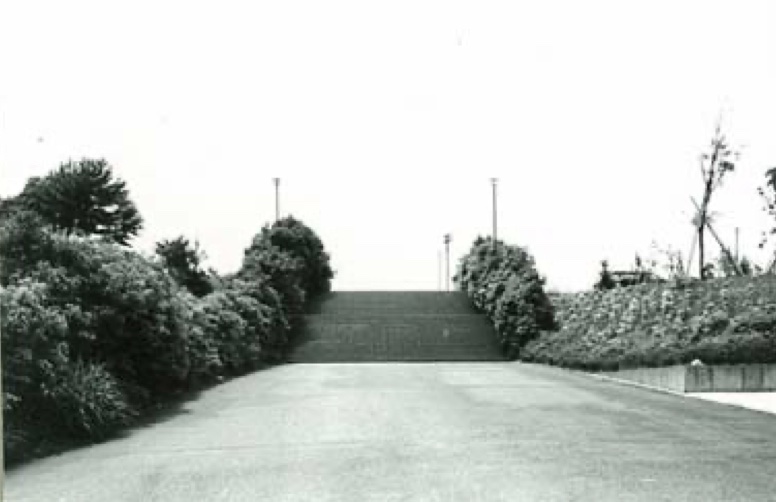
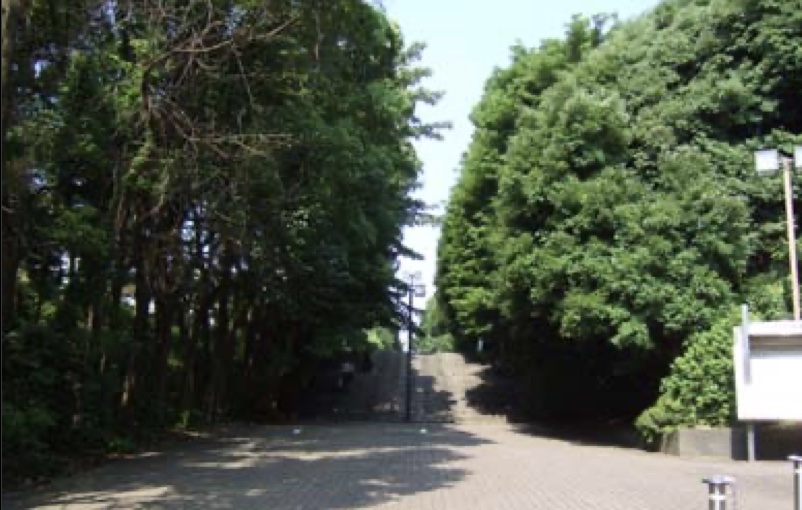
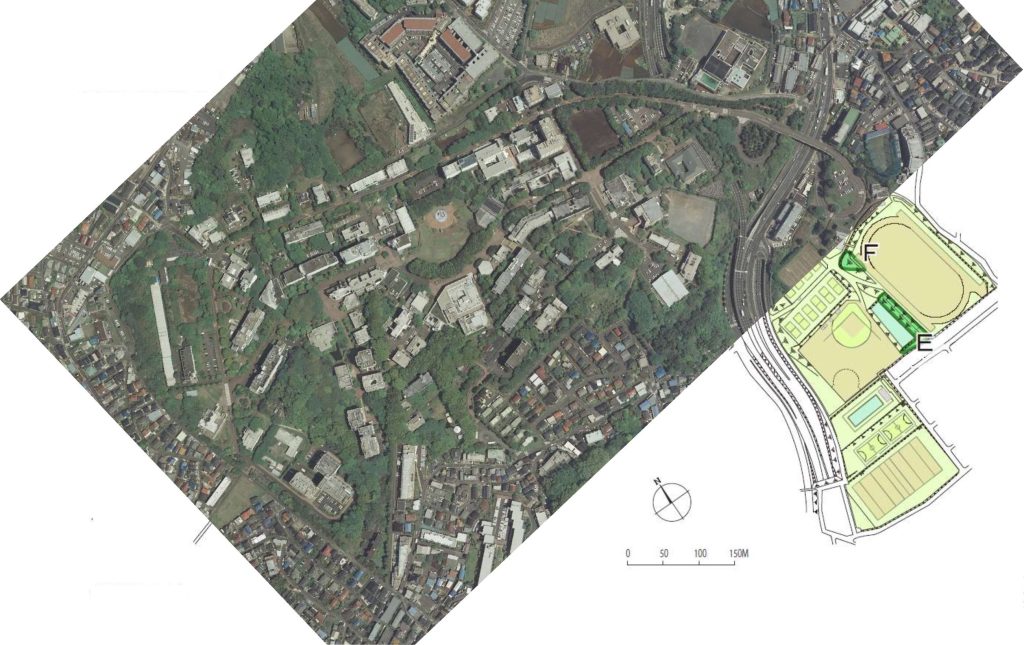
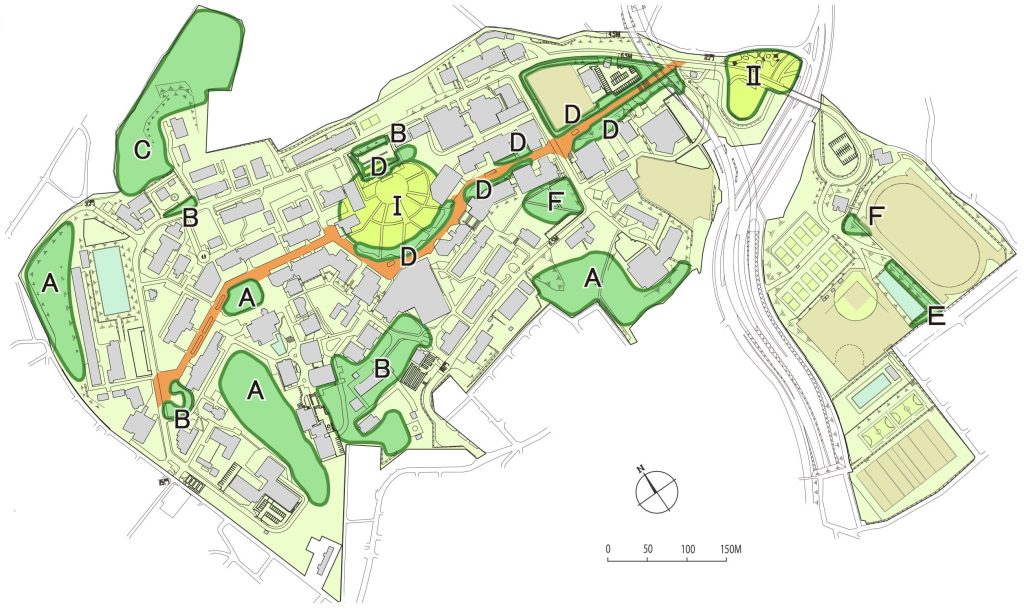
As can be seen from the aerial photo above, the green area accounts for approximately 44% of the total site area. In the green part of the campus map below, A and C parts are the remaining forests from before the relocation. In this map, A and B represent preserved forests, C represents satoyama, D represents tree-lined areas, and E and F represent grasslands. Several large-scale vegetation surveys have been conducted in our university (Fujima, Harada and Fujiwara (2001) https://x.gd/e4gtF), and it has been found that many rare plants survive in our green spaces.
| Cymbidium aberrans | Polystichum | Cymbidium goeringii | Daphniphyllum macropodum | Sarcandra glabra |
| Botrychium ternatum | Euonymus alatus | Eleutherococcus spinosus | Calanthe discolor | Chloranthus quadrifolius |
| Chloranthus serratus | Pourthiaea villosa | Euonymus oxyphyllus | Circaea mollis | Scutellaria brachyspica |
| Cephalanthera erecta | Potentilla niponica | Sanguisorba officinalis | Gentiana squarrosa | Taraxacum platycarpum |
| Epipogium roseum | Psilotum nudum | Cymbidium macrorhoizon |
Among them, Cymbidium Macrorhoizon shown in the photo on the right is designated as endangered II. In addition, Japan’s native dandelion, Taraxacum Platycarpum, is being overwhelmed by the non-native species, the Western (Common) Dandelion, and its population is rapidly decreasing in urban areas. It is characterized by the fact that the involucre that supports the flower head does not warp.
Additionally, many birds can be seen on the Tokiwadai campus, including the following.
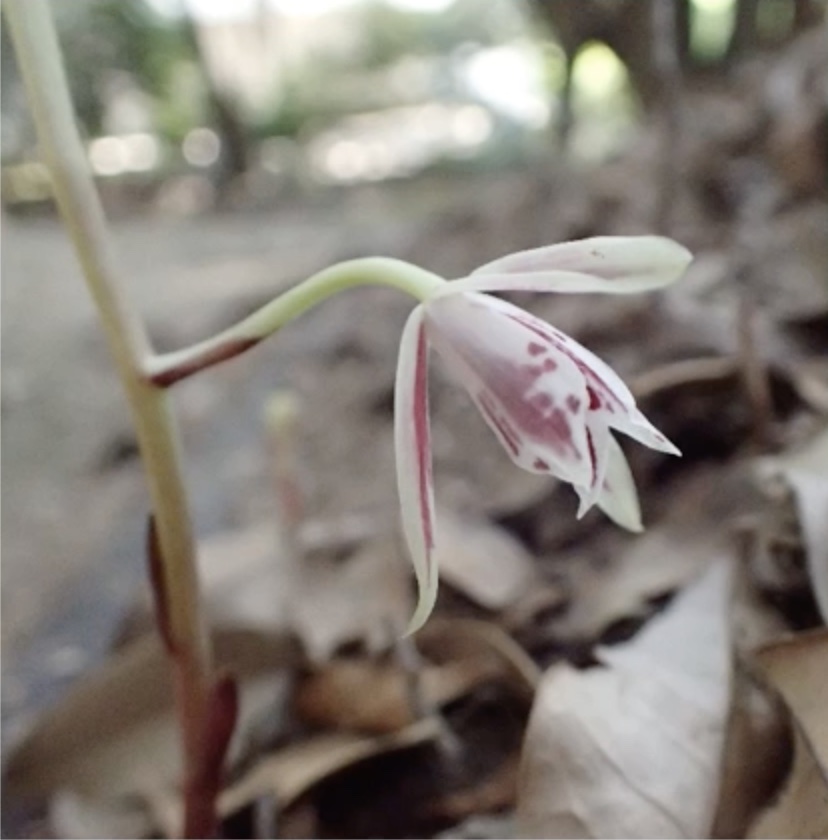
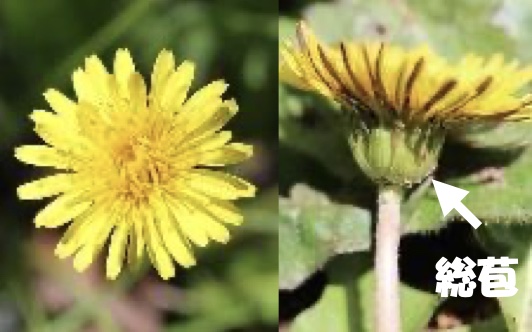
| Black-faced bunting | Northern boobook | Turdus chrysolaus | Japanese Bush Warbler | Long-tailed tit |
| Azure-winged magpie | Grey-capped greenfinch | Oriental turtle dove | Grey wagtail | Japanese pygmy woodpecker |
| Chinese bamboo partridge | Japanese tit | Hawfinch | Daurian redstart | Pale thrush |
| Eurasian tree sparrow | Dusky thrush | Himalayan cuckoo | Hirundo rustica | Rock dove |
| White’s thrush | Black-backed wagtail | Large-billed crow | Carrion crow | House swift |
| Brown-eared bulbul | Strix uralensis | Meadow bunting | Lesser cuckoo | Eurasian siskin |
| White-cheeked starling | Warbling white-eye | Japanese leaf warbler | Bull-headed Shrike | Varied tit |
At Tokiwadai Campus, weeding experiments have been underway using goats since 2020, and students are also participating in this initiative (https://www.ynu.ac.jp/hus/cus2/25962/detail.html).
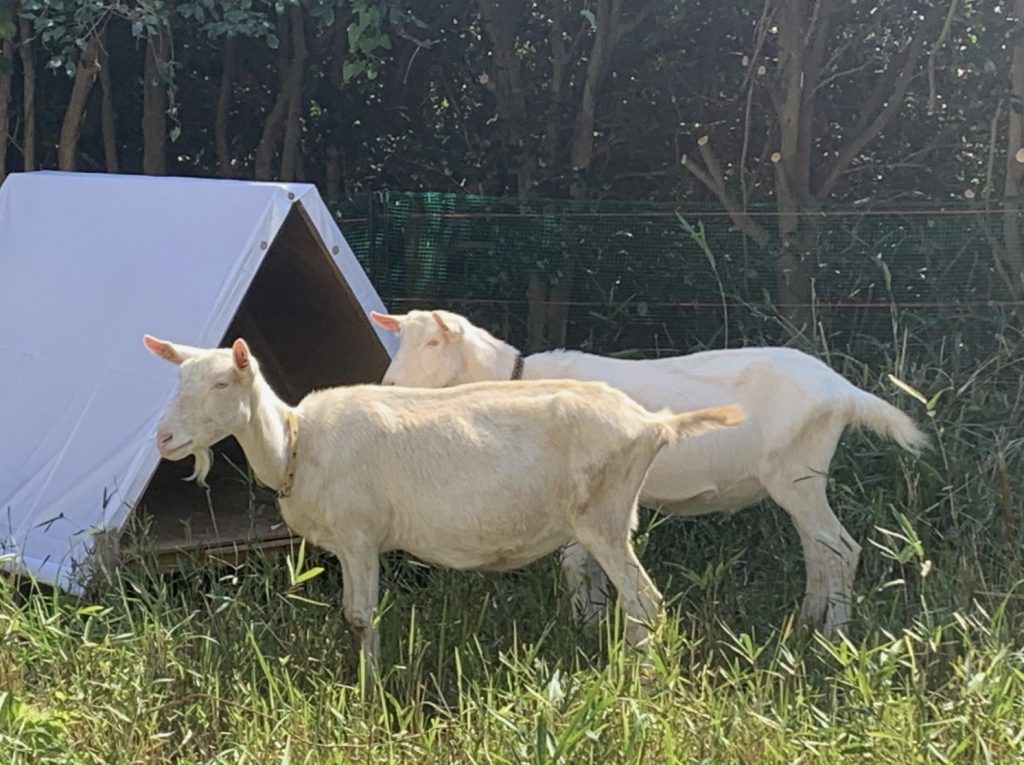
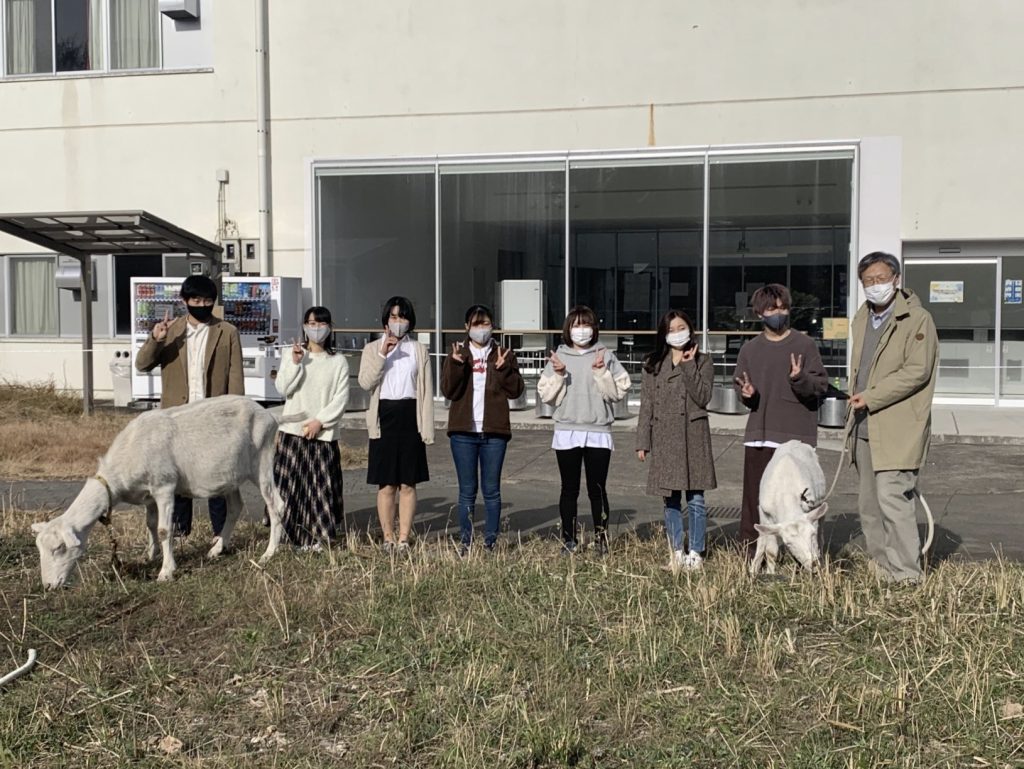
Go to ‘Certification Ceremony’ page (in Japanese)
Go to ‘Biocultural Diversity Seminar (Oct 24, 2024)’ page




